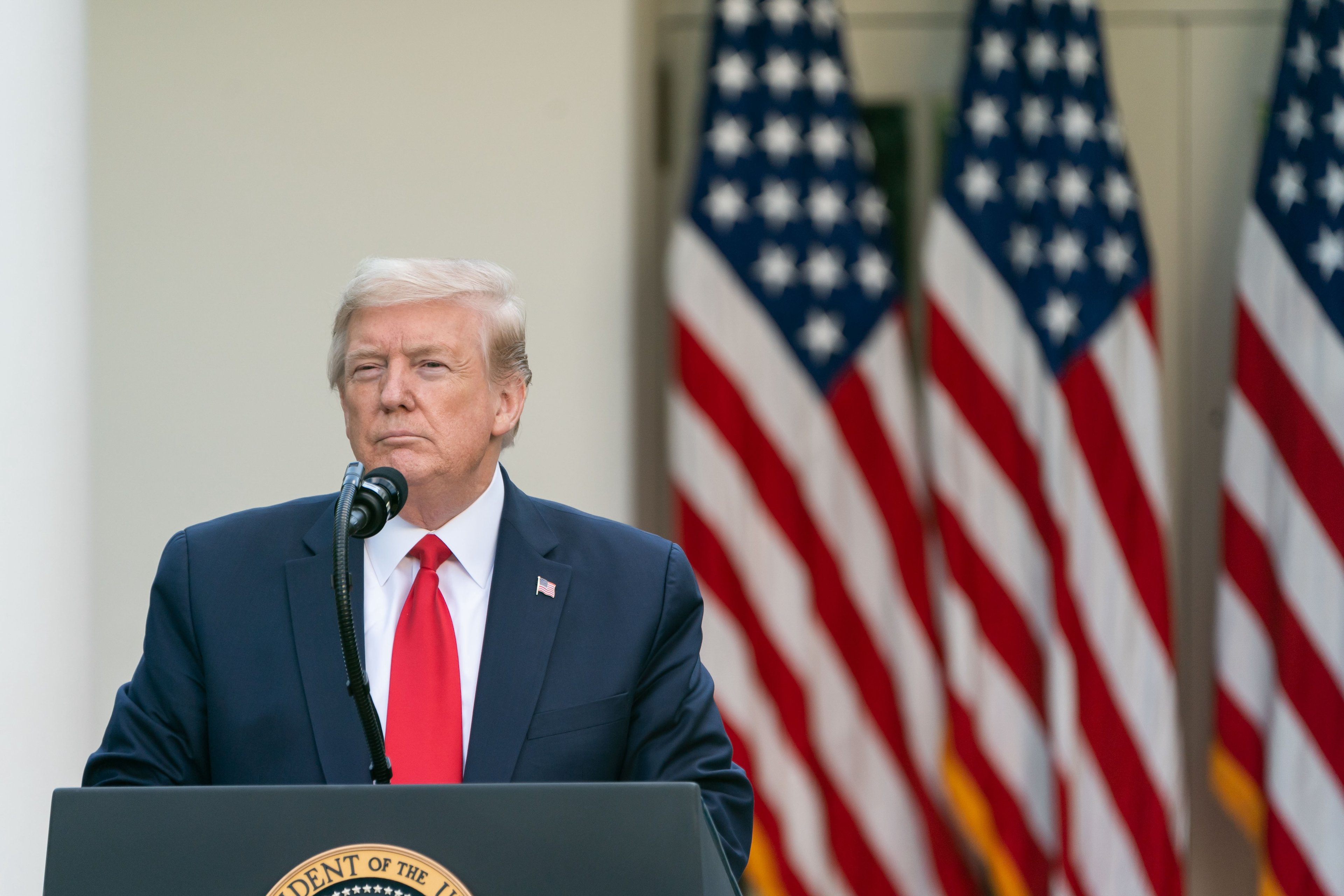Although we don't believe in timing the market or panicking over market movements, we do like to keep an eye on big changes -- just in case they're material to our investing thesis.
Even when the economic data isn't ugly, as it had been during the earlier half of the prior week, the S&P 500 (^GSPC 0.53%) still can't gain traction anytime there's housing data reported.
Earlier today we received data from Case-Shiller on December's home prices as well as the Federal Housing Finance Agency. According to Case-Shiller's 20-city Index, home prices for December rose by 13.4% year-over-year, which was a bit lower than the 13.7% YoY improvement noted in November, but still very strong all things considered. The FHFA Housing Price Index told a similar tale with December home prices rising a seasonally adjusted 0.8% for December, and gaining for the 10th straight quarter. Homebuilders are generally doing a good job of controlling their inventory to keep prices up, but a cutback in the Federal Reserve's monetary easing could threaten that momentum if long-term lending rates rise.
Also, Consumer Confidence figures for February came out this morning and showed a slight decline to a reading of 78.1 from a prior reading of 79.4. This reading was also a tad below economists' expectations. A lower consumer confidence reading signifies that consumers are less confident about their combined short- and long-term financial outlook which could negatively impact spending.
By day's end, the S&P 500 backed off yesterday's rally and lost 2.49 points (-0.13%) to close at 1,845.12, just its fourth down day in the past 13 sessions.
Decisively leading the charge higher was mid-cap biopharmaceutical company InterMune (ITMN +0.00%) which gained a whopping 171% after reporting positive phase 3 results for its idiopathic pulmonary fibrosis therapy, pirfenidone (also known as Esbriet). In its late-stage study, just 16.5% of patients taking pirfenidone demonstrated a 10% decline in forced vital capacity or death compared to 31.8% in the control arm, representing a 48% reduction over the control arm and meeting its primary endpoint. Furthermore, pirfenidone met its secondary endpoint of reducing a noted decline in six-minute-walking-distance over 50 meters by 27.5% relative to the placebo. In sum, pirfenidone reduced the risk of death or disease progression by 43%. This data certainly indicates that pirfenidone has a strong chance at approval by next year, but at nearly seven to 10 times peak sales estimates, and with Esbriet sales still weaker-than-expected in Europe, I'd strongly suggest tempering your expectations.
Online daily deal merchandise retailer Zulily (NASDAQ: ZU) also found its shares soaring, up 36.3%, after the company reported fourth-quarter results that blew Wall Street's estimates out of the water. For the quarter, Zulily reported an exact doubling in sales to $257 million as EBITDA rose 277% to $17.8 million and net income more than tripled to $0.10 per share. By comparison, Wall Street had been expecting Zulily to deliver just $225.5 million in sales on $0.04 in EPS. As my Foolish colleague Jeremy Bowman notes, the company's full-year guidance was strong at $1.1 billion-$1.5 billion which would be a step up above the $1.11 billion the Street is currently looking for, but it's first-quarter EPS guidance calling for a loss of $0.01-$0.04 per share is worse than the $0.03 profit which analysts had been looking for. It's certainly tough to deny the impressive growth Zulily exhibited this quarter, but the longevity of daily deal sites, and Zulily's lack of meaningful profits, is still a bit worrisome given today's huge rally.
Finally, and heading back to the biotech sector, clinical-stage biopharma company Infinity Pharmaceuticals (INFI +0.00%) gained 15.5% after it, too, reported its fourth-quarter results. Despite reporting no revenue for the quarter or year, Infinity managed to reduce its operating expenses by $13.4 million and shrink its net loss to $0.68 per share from $1.15 in the prior year. This loss was a clean $0.18 narrower than expectations. Investors also appear excited about Infinity's plans to initiate three clinical studies involving its lead hematologic malignancy drug IPI-145 in 2014, as well as report topline data from two of its mid-stage studies. While I believe IPI-145 has demonstrated promise, I'm a bit leery of Infinity with my personal expectation that it will burn through another $100 million in cash this year.






